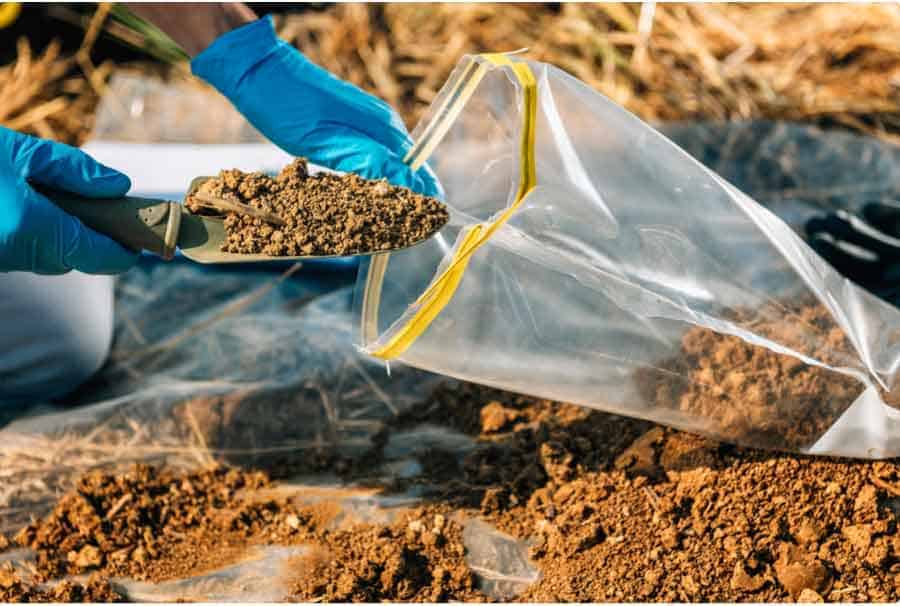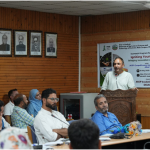Pulwama, Dec 29: Soil health specialists have urged farmers to undergo soil testing before plantation of crops on their land, saying it helps in reducing costs, enhances crop productivity and maintains soil fertility.
Dr Talat Majid, Agriculture Extension Assistant and in-charge soil testing laboratory at Pulwama said that 23 nutrients are required by a plant to grow. Some of these nutrients are required in large quantities and some in small amounts, he said.
Explaining further, he said a farmer needs to be conscious of soil health and before sowing any crop; soil testing should be carried out to find the number of various nutrients present in the land.
For testing, he said, a sample of soil is collected from the field and then processed in a laboratory to generate a soil health card.
Around 12 parameters of soil are analyzed through the test which includes PH, electrical conductivity, carbon, nitrogen, phosphorus, calcium, potassium, zinc, iron manganese and others. “The soil health card guides a farmer on how much nutrient is present in the soil and how much is needed to apply through fertilizers,” he said, adding that the guidance helps a farmer to calculate the cost-benefit ratio.
Dr Talat said that a soil health card helps a farmer to apply fertilizers as per the need in a judicious manner which reduces cost and also helps in maintaining soil fertility.
“Indiscriminate use of fertilizers is decreasing soil fertility. It also affects soil texture and microbial population in the soil,” he said, adding that PH value is important which impacts mineral uptake by plants.
“A farmer also needs to be cautious about the PH value of his land which should be between 6.5 and 7.5. Along with PH value of soil, a farmer also needs to be cautious about the presence of organic carbon in the soil,” the soil specialist said.
Dr Talat said that carbon, hydrogen and oxygen constitute around 95 percent of plant dry weight and the rest 5 percent by other nutrients. He advised integrated nutrient management for sustainable agriculture, saying this method involves the use of both organic and chemical fertilizers.








